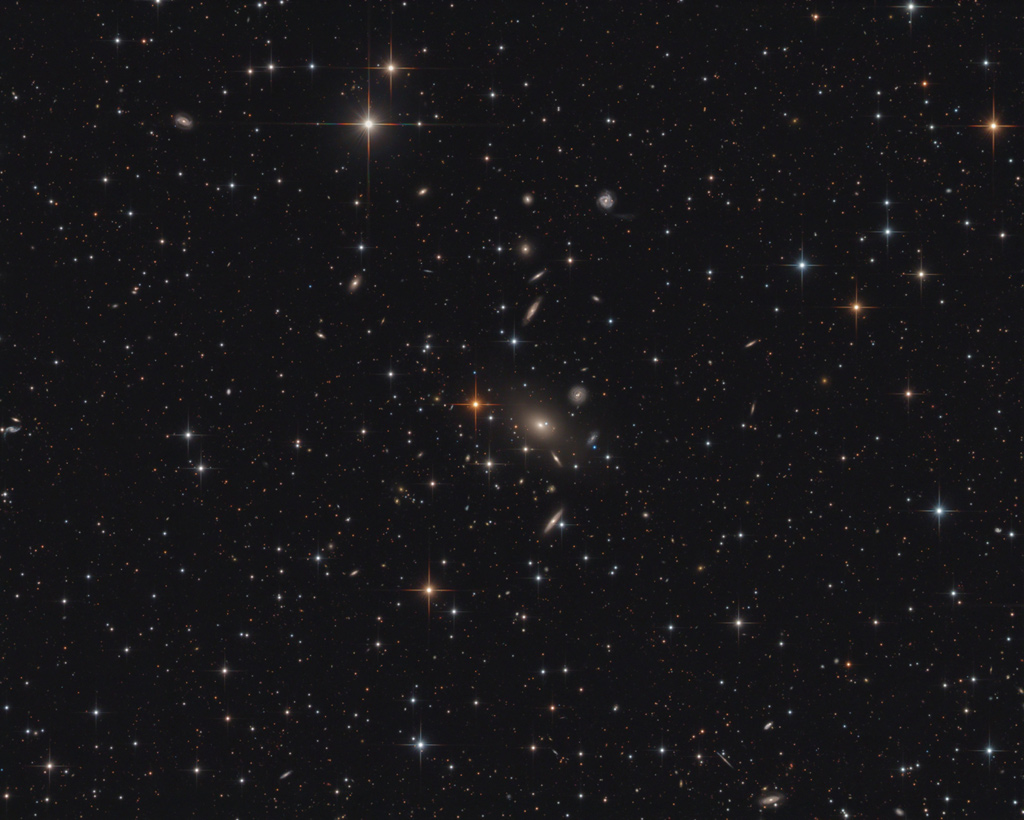more »
A jazz musician from Norway hunted bits of cosmic debris for eight years and found it everywhere. Turns out, tons of it land every day.
via New York Times
There are advances being made almost daily in the disciplines required to make space and its contents accessible. This blog brings together a lot of that info, as it is reported, tracking the small steps into space that will make it just another place we carry out normal human economic, leisure and living activities.
Friday, 10 March 2017
Trilobites: Pan, Moon of Saturn, Looks Like a Cosmic Ravioli (or Maybe a Walnut)
more »
In photographs by NASA’s Cassini spacecraft, the closest images ever taken, the tiny, wrinkly moon has a deep ridge that could be a couple of miles high.
via New York Times
In photographs by NASA’s Cassini spacecraft, the closest images ever taken, the tiny, wrinkly moon has a deep ridge that could be a couple of miles high.
via New York Times
Polymer-coated silicon nanosheets: An alternative to graphene
more »
Silicon nanosheets are thin, two-dimensional layers with exceptional optoelectronic properties very similar to those of graphene. Albeit, the nanosheets are less stable. Now researchers have, for the first time ever, produced a composite material combining silicon nanosheets and a polymer that is both UV-resistant and easy to process. This brings the scientists a significant step closer to industrial applications like flexible displays and photosensors.
via Science Daily
Silicon nanosheets are thin, two-dimensional layers with exceptional optoelectronic properties very similar to those of graphene. Albeit, the nanosheets are less stable. Now researchers have, for the first time ever, produced a composite material combining silicon nanosheets and a polymer that is both UV-resistant and easy to process. This brings the scientists a significant step closer to industrial applications like flexible displays and photosensors.
via Science Daily
A new paradigm in parachute design
more »
X-ray-based experiments will simulate -- in microscopic detail -- spacecraft parachute fabric performance in the extreme conditions of other planets' atmospheres.
via Science Daily
Zazzle Space Exploration market place
X-ray-based experiments will simulate -- in microscopic detail -- spacecraft parachute fabric performance in the extreme conditions of other planets' atmospheres.
via Science Daily
Zazzle Space Exploration market place
First public data released by hyper suprime-cam Subaru Strategic Program
more »
The first massive data set of a 'cosmic census' has been released using the largest digital camera on the Subaru Telescope. With its beautiful images now available for the public at large, figuring out the fate of the Universe has come one step closer.
via Science Daily
Zazzle Space Exploration market place
The first massive data set of a 'cosmic census' has been released using the largest digital camera on the Subaru Telescope. With its beautiful images now available for the public at large, figuring out the fate of the Universe has come one step closer.
via Science Daily
Zazzle Space Exploration market place
Galaxy Cluster Abell 2666
more »
 The galaxies of Abell 2666 lie far beyond the Milky Way, some 340 million light-years distant toward the high flying constellation Pegasus. Framed in this sharp telescopic image, the pretty cluster galaxies are gathered behind scattered, spiky, Milky Way stars. At cluster center is giant elliptical galaxy NGC 7768, the central dominant galaxy of the cluster. As the cluster forms, such massive galaxies are thought to grow by mergers of galaxies that fall through the center of the cluster's gravitational well. Typical of dominant cluster galaxies, NGC 7768 likely harbors a supermassive black hole. At the estimated distance of Abell 2666, this cosmic frame would span about 5 million light-years.
The galaxies of Abell 2666 lie far beyond the Milky Way, some 340 million light-years distant toward the high flying constellation Pegasus. Framed in this sharp telescopic image, the pretty cluster galaxies are gathered behind scattered, spiky, Milky Way stars. At cluster center is giant elliptical galaxy NGC 7768, the central dominant galaxy of the cluster. As the cluster forms, such massive galaxies are thought to grow by mergers of galaxies that fall through the center of the cluster's gravitational well. Typical of dominant cluster galaxies, NGC 7768 likely harbors a supermassive black hole. At the estimated distance of Abell 2666, this cosmic frame would span about 5 million light-years.
Zazzle Space Gifts for young and old
 The galaxies of Abell 2666 lie far beyond the Milky Way, some 340 million light-years distant toward the high flying constellation Pegasus. Framed in this sharp telescopic image, the pretty cluster galaxies are gathered behind scattered, spiky, Milky Way stars. At cluster center is giant elliptical galaxy NGC 7768, the central dominant galaxy of the cluster. As the cluster forms, such massive galaxies are thought to grow by mergers of galaxies that fall through the center of the cluster's gravitational well. Typical of dominant cluster galaxies, NGC 7768 likely harbors a supermassive black hole. At the estimated distance of Abell 2666, this cosmic frame would span about 5 million light-years.
The galaxies of Abell 2666 lie far beyond the Milky Way, some 340 million light-years distant toward the high flying constellation Pegasus. Framed in this sharp telescopic image, the pretty cluster galaxies are gathered behind scattered, spiky, Milky Way stars. At cluster center is giant elliptical galaxy NGC 7768, the central dominant galaxy of the cluster. As the cluster forms, such massive galaxies are thought to grow by mergers of galaxies that fall through the center of the cluster's gravitational well. Typical of dominant cluster galaxies, NGC 7768 likely harbors a supermassive black hole. At the estimated distance of Abell 2666, this cosmic frame would span about 5 million light-years.Zazzle Space Gifts for young and old
Subscribe to:
Comments (Atom)